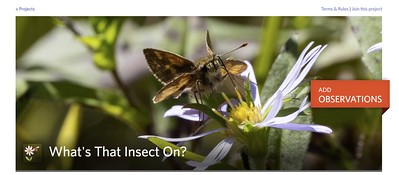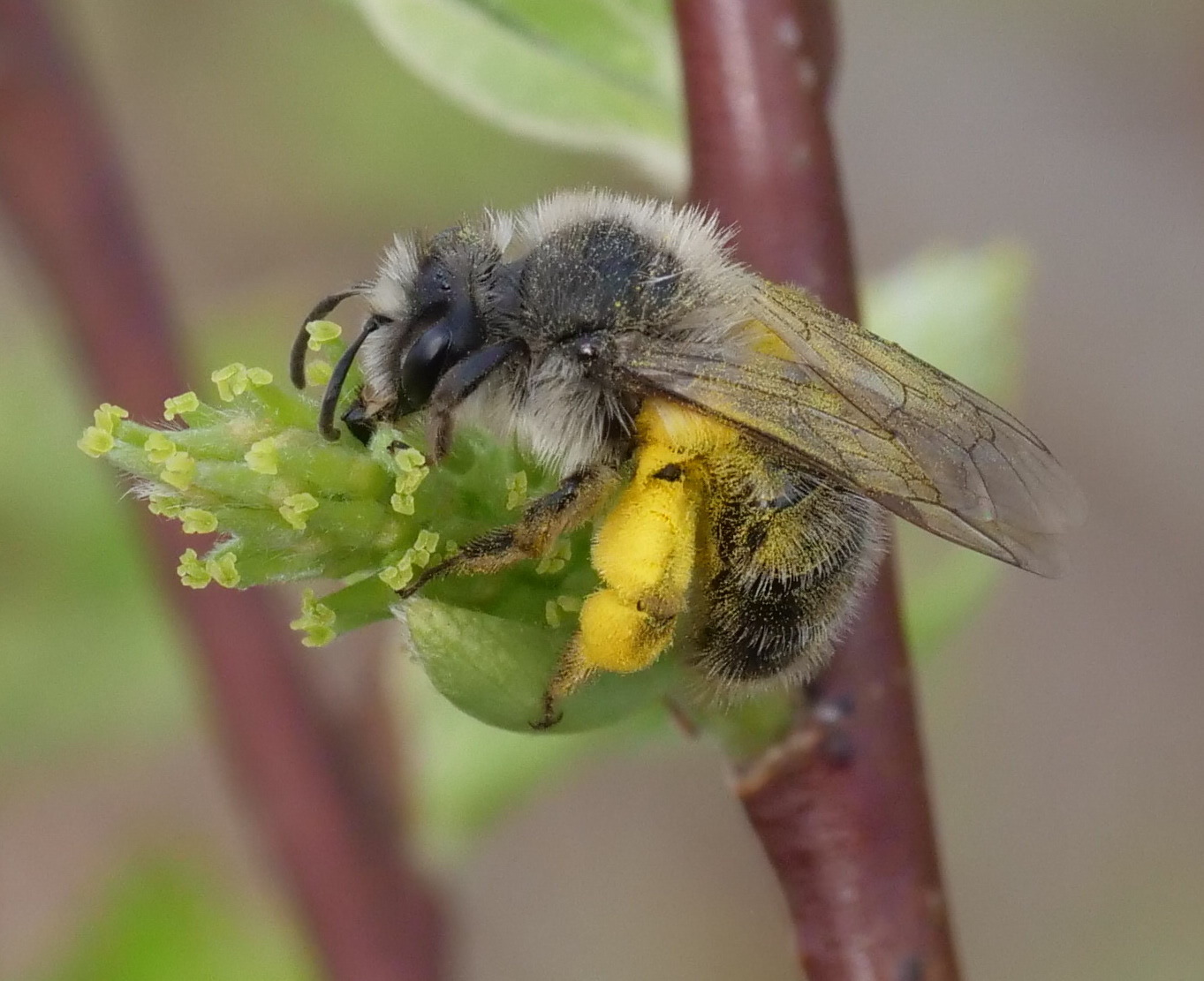Welcome new members!
With pollinators out and about down south, plus some recent outreach, we've had a nice pulse of new members. Welcome!
I recently had a fun conservation coffee hour to share a little bit about myself and the PIP project. If you'd like to tune in, you can watch the recordingsof my interview and other folks at Vermont Center for Ecostudies. Learn more about our internship program, Vermont's state-wide bee survey, our tick project, biodiversity atlasing and more.
A question came up in the chat that I want to address in more detail here. "What if I don't know what plant the pollinator was visiting?". That's a good question! First, your data is still valuable so definitely upload those observations to iNaturalist. Second, there are three steps you can take if you don't know the plant ID.
1) Take a second photo of the plant and submit to iNaturalist and link the two observations together . You can 'link' observations using the field 'Reference URL'. In the text box, include the URL of this second plant observation. Once you get some confirmation of the ID, you can edit your pollinator observation to include the plant species. One caveat to this approach is that iNaturalist wants cultivated/planted observations labeled as 'Casual', and they will not become research grade data points. But there are still helpful folks out there that like to help ID plants whether they are casual or not.
Here's an example of how I did this with a plant I wasn't sure of on my recent trip to the DR.
2)Label the plant by a broad taxonomic group. You can use the field 'Interaction->visited flower of with any identification in the iNaturalist taxonomy. That could be species, genus, or even just 'Plant' or 'Flowering Plant'. If someone else can ID that plant to a finer level, they can edit your observation to include that data, or leave you a comment to let you know. By putting observations into the project with labels like 'Plant' or 'Flowering Plant', that is a way to 'save' the observation to our project and signal you need an identification. Folks can then search for observations that need identification using this link. I sometimes do that if I want to save the observation for later, but don't have time to figure out the plant ID
Want to help ID plants?Here's a link of insect observations in the project labeled as 'Flowering Plant'
You can also add your observation to this new project, "What's that insect on?"which was set up by @lmtaylor specifically to help crowdsource identifications of plants that pollinators are visiting for the project.
3) Try a different identification app. The AI on iNaturalist is impressive....SUPER IMPRESSIVE. But sometimes with plants it struggles. And it doesn't usually provide suggestions of precise identification relevant to cultivated plants like variety. I have been trying out 'Picture this' app which is just for plant ID. It does cost money unfortunately, but it works really well. I would take some of the variety/cultivar (edit: and species) suggestions with a grain of salt (especially if the photo is poor), but it's identification of genus of flowers is usually spot on, even for tricky groups, and even with the pollinator on the flower. I've been pretty impressed so far. It even does indoor plants. So cool. Are there other plant ID apps you know of?
Ok, that's it for now. If you have any other ideas or suggestions, leave them below! Or share what your favorite sighting has been this week?










